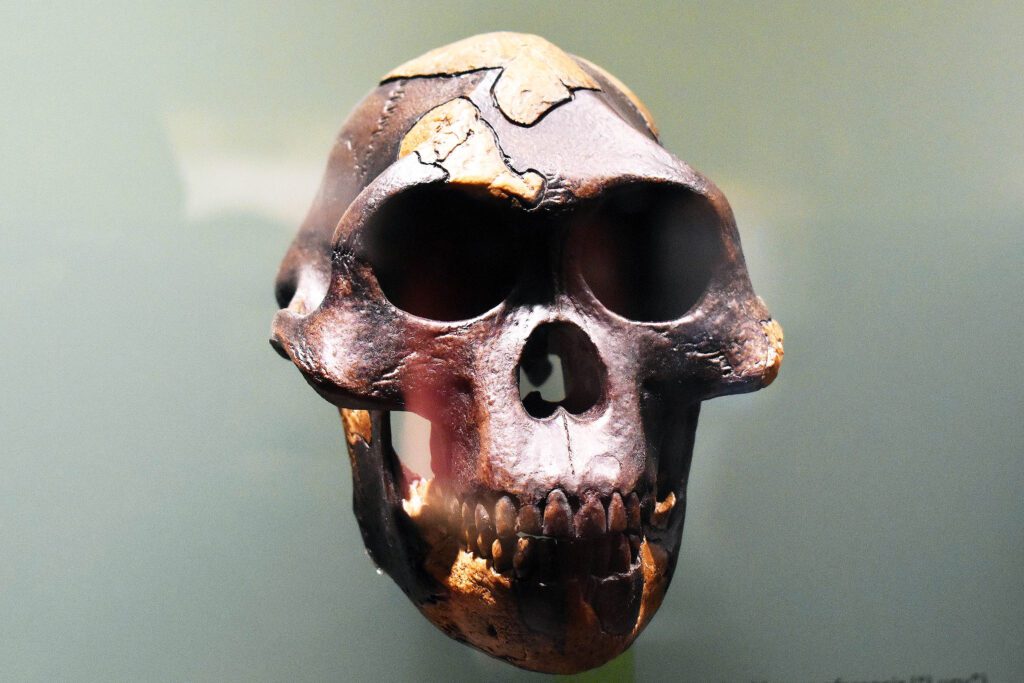The article discusses recent discoveries in Ethiopia that complicate the narrative of human evolution, challenging the traditional linear progression model. Led by UNLV anthropologist Brian Villmoare, the study reveals that Australopithecus and early Homo species coexisted between 2.8 and 3 million years ago, suggesting a multi-linear branching tree of evolution instead of a straightforward “ape to human” path.
Australopithecus, which existed about 3 million years ago, displayed traits for both bipedal walking and climbing. Their diverse diet and adaptation mechanisms offer insights into their survival. Notably, the study identified previously unknown species within Australopithecus and highlighted the Ledi-Geraru area’s rich geological context for dating fossils.
Key takeaways include the discovery of four human strains in East Africa around 2.5 million years ago and the need for further research on interactions between these species. The findings emphasize that human evolution is complex and non-linear, resembling a bushy tree rather than a simple ladder. Further fossil discoveries are needed to enhance understanding of these evolutionary relationships and dynamics.
Source link


